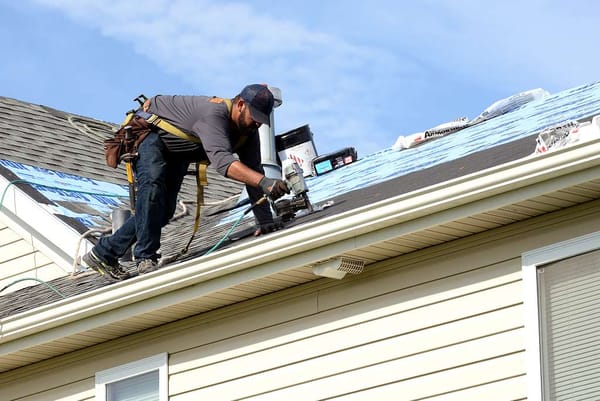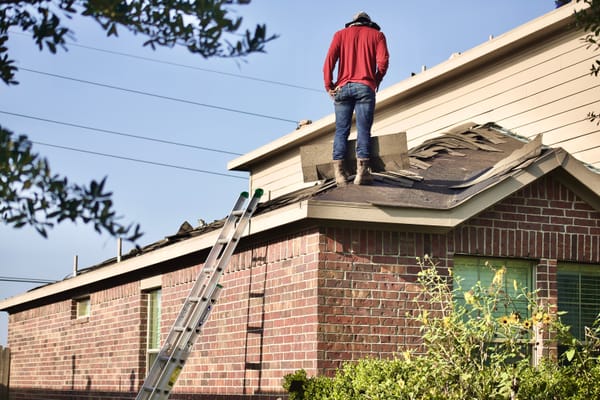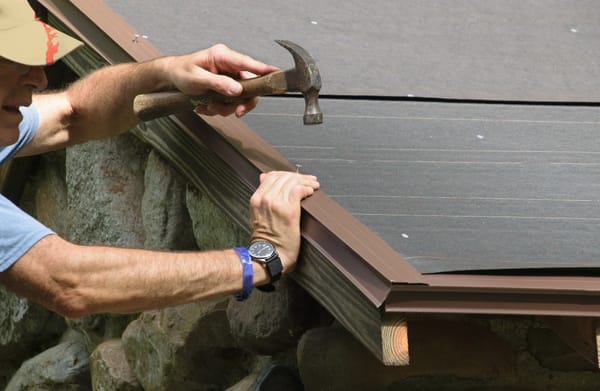As a homeowner, managing the unexpected costs of home repair can be a daunting task. Among these, roof replacement is one of the most significant and expensive repairs you may encounter. Thankfully, your homeowner's insurance policy can potentially cover these costs, depending on the circumstances.
If you find yourself asking, "How can I get my insurance to pay for roof replacement?" you're in the right place. In this article, we'll guide you through the process, from understanding your insurance policy to filing a successful claim.
A Step-by-Step Guide
1. Understand Your Insurance Policy
Your first step should always be understanding the details of your insurance policy. Not all insurance plans cover roof replacement, and those that do may only cover under certain conditions such as damage from storms or accidents. Damage due to wear and tear or lack of maintenance, on the other hand, is typically not covered. Understanding the ins and outs of your policy will provide you with the necessary groundwork for your claim.
2. Document the Damage
To ensure a smooth claim process, start by thoroughly documenting any roof damage. This could be as simple as taking photos or as extensive as hiring a professional to assess the roof's condition. The key is to have clear, detailed evidence of the damage and the necessary repairs to support your claim.
3. Contact Your Insurance Company Promptly
Once you've gathered the necessary evidence, contact your insurance company as soon as possible. Delaying this process could potentially harm your chances of having your claim approved. Be prepared to provide all relevant documentation and to answer detailed questions about the circumstances surrounding the damage. Remember to be patient, as insurance claims can take time to process.
4. File a Claim
Filing a claim for roof replacement can be a complex process, but being prepared can help streamline the journey. Ensure you have all the relevant documentation, including pictures, reports from professional roof inspections, and any relevant receipts or invoices. Also, keep a record of all communication with your insurance company for future reference.
5. Hire a Public Adjuster if Necessary
If your claim is denied or you're unsatisfied with the settlement offer, you might consider hiring a public adjuster. These professionals can help negotiate with your insurance company on your behalf and fight for a fair settlement.
6. Proceed with the Roof Replacement
Once your claim is approved, you can proceed with the roof replacement. It's crucial to hire a reputable and licensed roofing contractor who provides quality work and guarantees their services. Keep all receipts and documentation related to the roof replacement, as you may need them for future insurance claims or tax purposes.
7. Follow Up with Your Insurance Company
After you've initiated the roof replacement process, make sure to keep your insurance company updated. Provide them with any receipts, invoices, and a detailed report of the work done by the contractor. This will not only keep your insurer in the loop, but it can also prove invaluable if there are disputes about the cost of repairs or the quality of work.
8. Understand Your Deductible
Your homeowner's insurance policy will likely have a deductible – the amount you'll have to pay out-of-pocket before your insurance coverage kicks in. Make sure you understand this amount, as it will directly impact your out-of-pocket expenses for the roof replacement.
9. Mitigate Further Damage
While waiting for your claim to process and the replacement to occur, it's essential to take steps to prevent further damage to your home. Depending on the nature of the damage, this could mean using a tarp to temporarily cover the roof, removing valuables from the area directly under the damaged roof, or installing temporary supports for damaged structures. However, remember to document any mitigation efforts, as some insurers may cover these costs or require them as part of the claims process.
10. Learn and Prepare for the Future
After going through the process of having your insurance pay for a roof replacement, take the time to reflect on the experience. Did you find gaps in your coverage? Were there unexpected challenges during the claim process? Use these reflections to better prepare for future home repairs. This might involve updating your insurance policy, setting aside emergency funds, or scheduling regular professional home inspections to catch potential issues before they become significant problems.
Final Words
Navigating the labyrinth of a roof insurance claim can seem overwhelming for any homeowner. However, with the right knowledge about your homeowners' insurance and a systematic approach to documenting roof repairs and communicating with your insurance agent, the process becomes much more manageable. Understanding the roles of various parties, such as the insurance adjuster and the reputable roofing company you hire, can make a significant difference in easing the claim process.
It's crucial to remember that while roof coverage varies across policies, most insurance companies cover unexpected events like wind and hail damage. Regular roof repair and maintenance can also protect you from substantial repair costs down the line, making it a prudent investment. Hence, cultivating relationships with local roofing companies can be beneficial in the long run.
Ultimately, securing roofing insurance coverage that adequately caters to your needs is the first and arguably most important step towards protecting your home. So, take the time to consult with your insurance agent and understand your policy. This way, when the need for a roof repair or replacement arises, you'll be prepared to navigate the claim process smoothly and confidently.






